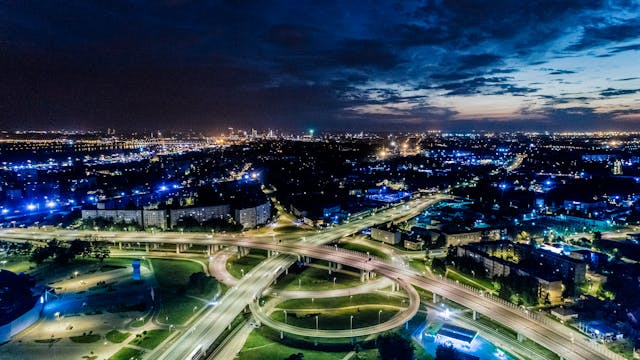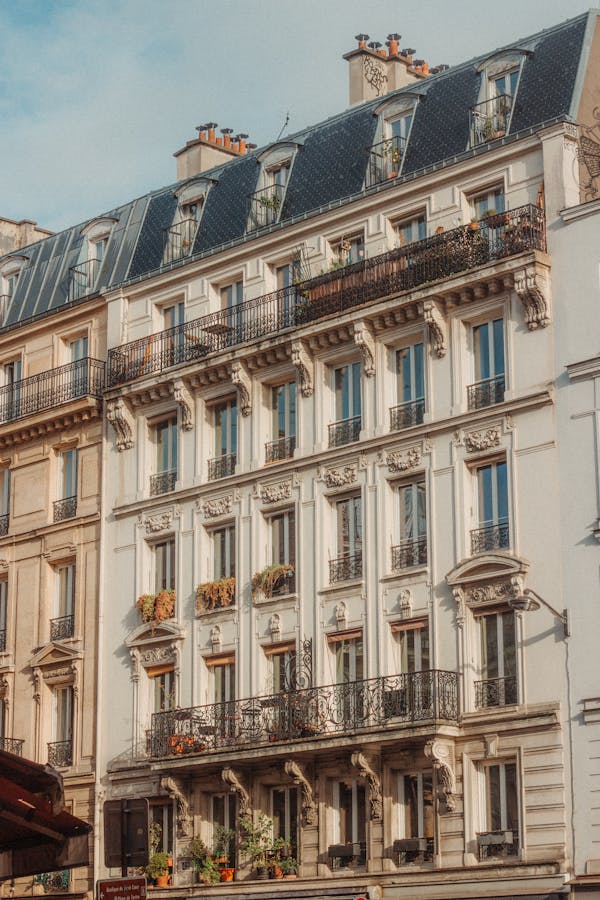Innovations in architecture continue to redefine our relationship with the environment around us. Among these advancements, retractable roof systems stand out as a testament to human ingenuity and the desire to merge indoor and outdoor spaces seamlessly. Whether it’s a sports stadium, a commercial complex, or a residential property, retractable roofs offer a blend of functionality, aesthetics, and adaptability that transform spaces in remarkable ways.
The Evolution of Retractable Roof Systems
The concept of retractable roofs traces its origins back to ancient civilizations, where rudimentary versions were used to manipulate light and ventilation in structures. However, it’s in recent decades that technological advancements have enabled the development of sophisticated retractable roof systems capable of covering vast areas with ease.
Initially popularized in sports stadiums to provide shelter during inclement weather while preserving an open-air atmosphere during fair conditions, retractable roofs have since found applications in various architectural contexts. Today, they grace the skyline of cities worldwide, enhancing the skyline and offering unparalleled flexibility in design and functionality.
Functionality and Flexibility
One of the most significant advantages of retractable roof systems is their versatility. By offering the ability to open or close depending on weather conditions and user preferences, these systems empower architects and designers to create dynamic spaces that adapt to changing needs.
In sports stadiums, retractable roofs ensure that events can proceed uninterrupted regardless of rain or extreme heat. This not only enhances the spectator experience but also protects the playing surface and equipment, ultimately prolonging the lifespan of the facility.
In commercial settings such as shopping centers or entertainment complexes, retractable roofs provide an unforgettable experience for visitors. The ability to transition seamlessly between indoor and outdoor environments adds a layer of excitement and novelty, enticing patrons and enhancing the overall ambiance.
For residential properties, retractable roof systems offer homeowners the opportunity to enjoy the benefits of outdoor living spaces without sacrificing comfort or convenience. Whether hosting a summer barbecue or stargazing on a clear night, the ability to open or close the roof at will allows residents to customize their environment to suit any occasion.
Design and Aesthetics
Beyond their functional benefits, retractable roof systems also contribute to the aesthetic appeal of the structures they adorn. When closed, these roofs integrate seamlessly into the architecture, maintaining clean lines and preserving the overall design integrity.
However, it’s when the roof is open that its true beauty shines through. As it gracefully retracts, it unveils the sky above, flooding the space with natural light and fresh air. This transformation creates a sense of openness and connection to the outdoors, blurring the boundaries between inside and outside.
Moreover, the design possibilities afforded by retractable roof systems are virtually limitless. From sleek, modern structures to more traditional or ornate designs, these systems can be customized to complement any architectural style, ensuring a harmonious blend with the surrounding environment.
Sustainability and Energy Efficiency
In an era increasingly focused on sustainability, retractable roof systems offer significant advantages in terms of energy efficiency and resource conservation. By harnessing natural light and ventilation when the roof is open, these systems reduce the reliance on artificial lighting and HVAC systems, ultimately lowering energy consumption and operational costs.
Additionally, many retractable roof systems are constructed using eco-friendly materials and incorporate features such as solar panels or rainwater harvesting systems, further enhancing their sustainability credentials. This commitment to environmental responsibility aligns with the growing demand for green building practices and reinforces the appeal of retractable roof systems in the eyes of developers, architects, and consumers alike.
Conclusion
Retractable roof systems represent a triumph of innovation and design, offering a perfect synergy of functionality, aesthetics, and sustainability. From sports stadiums to commercial complexes and residential properties, these systems have revolutionized the way we experience built environments, unlocking new possibilities for interaction, enjoyment, and connection with the world around us.
As technology continues to advance and our understanding of architecture evolves, it’s likely that retractable roof systems will play an increasingly prominent role in shaping the cities of tomorrow. Whether soaring above a bustling urban landscape or nestled within a tranquil natural setting, these dynamic structures serve as a testament to human creativity and our ongoing quest to push the boundaries of what’s possible in the built environment.



